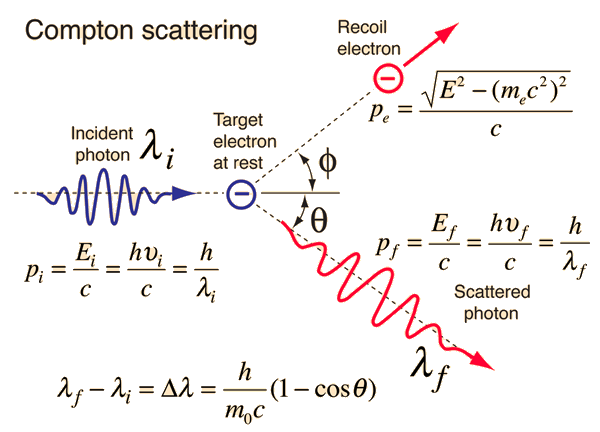If light slows down it has an "effective mass". If you catch a photon in a mirror-box it's like it's been stopped, and the mass of the system is increased. If you actually stop light, all the photon energy is effective mass.
Since you rely so heavily on what Einstein says, where did he say anything that suggests the above is true?
What he described in,
DOES THE INERTIA OF A BODY DEPEND UPON ITS ENERGY-CONTENT?,
has nothing to do with STOPPED light. It was very specifically about the quantifiable character of the photon and that only when ABSORBED or EMITTED, by an electron in an atom, the photon's addition to the electron's and thus atom's overall energy, add to its (the atom's) mass.
Beyond that you are back to using your imagination and the hypothetical light box/light clock as some kind of proof, of anything other than the fact the you like others (including myself) can imagine things real and unreal. During any time period that the trapped photon is moving between the mirrors in your mirror-box it is no different than any photon passing by outside the mirror box.
What Einstein described is theory. What you are doing with it is fantasy. Imagination is one of our greatest gifts, but it is only a hair's breadth from fantasy.

